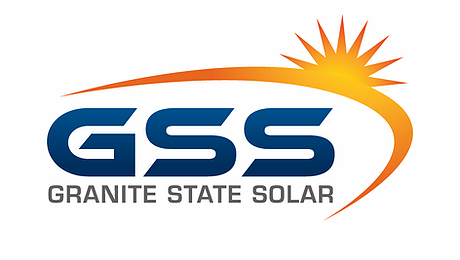The Key Differences Between Ground and Roof Mounts for Solar
As we always emphasize, solar solutions aren’t one-size-fits-all. While some homeowners have roofs ideal for solar arrays, others might benefit more from ground-mounted systems. Unsure which option suits you best? During our in-person site visits, we evaluate various factors of your roof and property to determine the optimal location for your system. Meanwhile, we’ve outlined below what makes a good candidate for each option and crucial considerations for both.
Criteria for a Roof-Mounted System
-May-29-2024-01-58-55-4871-PM.png)
For a roof array to generate sufficient energy for your home, your roof must have the right orientation, material, solar access, and be in good condition.
Orientation: Solar panels facing true south generate about 20% more energy due to the sun's daily path. While south-facing panels receive more sunlight, panels oriented in other directions can still produce ample energy.
Material: Standing seam, asphalt shingle, and corrugated metal are preferred materials for solar arrays. Standing seam roofs are particularly easy for panel installation as they don’t require penetration.
Solar Access: Direct sunlight is essential for energy production. If your roof is shaded by trees or other obstructions, the array’s productivity will be reduced. Sometimes, removing trees can increase sun access.
Age: For shingle or asphalt roofs over 15 years old, we recommend replacement before installing a roof-mount. Older roofs made of these materials may not be safe for solar installation.
Criteria for a Ground-Mounted System
-May-29-2024-02-02-03-2888-PM.png)
Ground-mounted arrays require adequate space, underground trenching, and solar access.
Space: Productive ground mounts occupy significant surface area, usually at least 350 square feet. They must also comply with municipal regulations regarding distance from property boundary lines and power lines.
Underground Trenching: Connecting a ground mount to a home’s electric meter requires trenching to lay wires underground. The installation team will dig, lay the wires, and cover the trench before installation.
Solar Access: Like roof mounts, ground mounts need direct sunlight. Ensure the space is large enough and free from sun-obstructing objects.
Ground Mount vs. Roof Mount
Both options effectively capture sunlight for home energy use. Key differences lie in cost, permits, production capabilities, and accessibility.
Cost: Contrary to common belief, ground mounts are more expensive than roof-mounts as they require additional structures to support the racking system. Roof-mounts utilize the roof itself for support.
Permits: Permit requirements vary by municipality. Different rules may apply to ground and roof mounts. For example, some municipalities prohibit ground mounts visible from the street. Local regulations might influence your system type.
Production Capabilities: Ground mounts can generally accommodate more panels due to available space and orientation flexibility, potentially generating more energy than roof mounts. However, a roof system with better solar access might still be more productive.
Accessibility: Maintenance is simpler with ground mounts; cleaning snow or debris is easier on the ground. We advise against homeowners cleaning roof arrays themselves and suggest hiring professionals if needed. Ground systems can be easily cleaned with a foam-tipped brush.
Evaluating these factors will help you decide the best system for your home. Regardless of your choice, you’ll power your household with clean, renewable energy. Set up a free site visit to begin your solar journey!

Leave a Comment